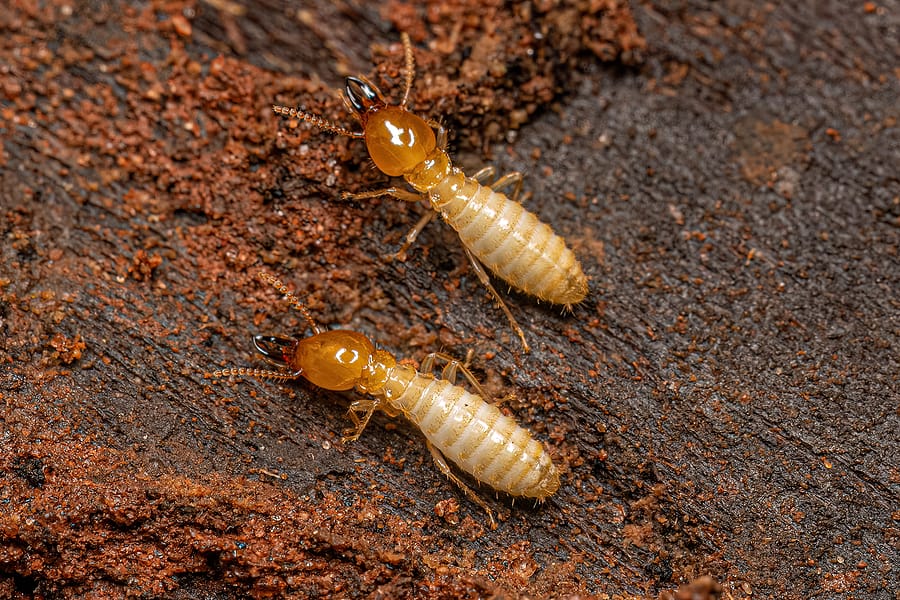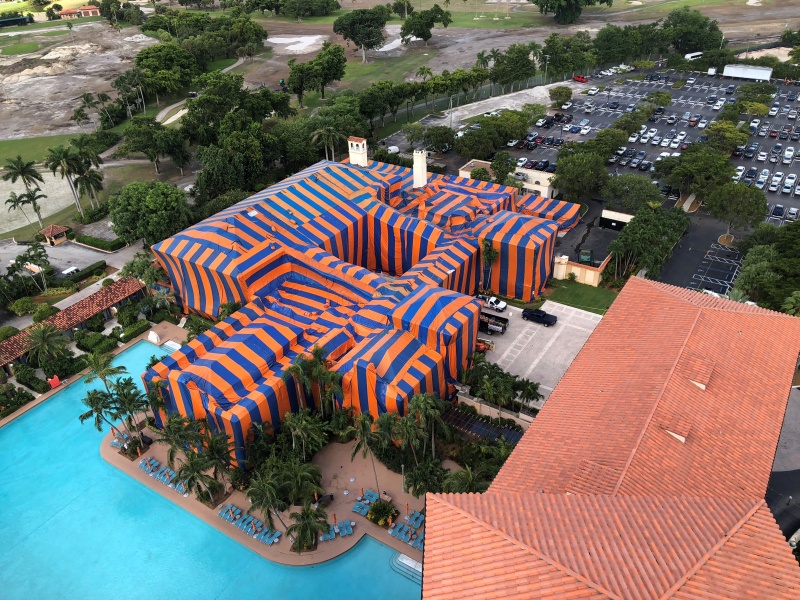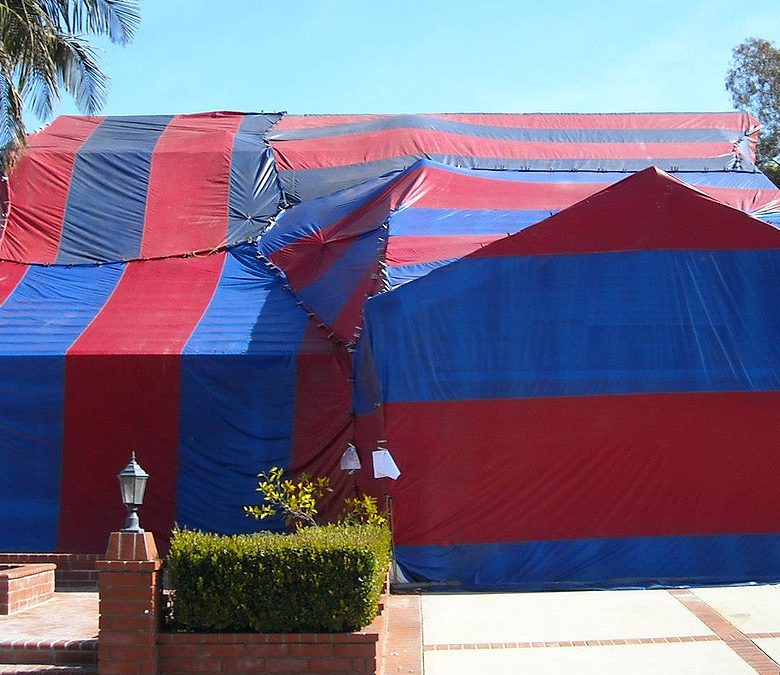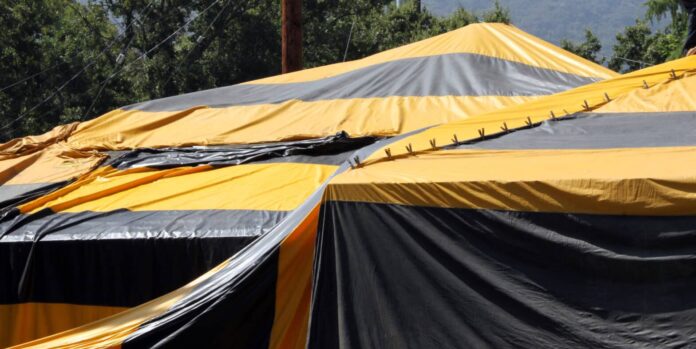Termite tenting, a method that might sound more like a quirky camping adventure, is actually a highly effective strategy for eradicating serious termite infestations. Picture your home wrapped in a massive, protective tent, its seams sealed tight against the outside world. This unique approach creates a controlled environment where powerful pesticides can be deployed to eliminate destructive pests that threaten the integrity of your property.
But how does this process work, and why is it often the go-to solution for homeowners facing overwhelming termite challenges? In this article, we’ll delve into the mechanics of termite tenting, explore its benefits, and uncover what homeowners can expect during this unconventional yet critical treatment. Prepare to step into the fascinating world of pest control and discover just how tenting can safeguard your home.
Introduction to Termite Tenting

Termite tenting is a fascinating yet intricate process that serves as a potent solution for severe termite infestations. Picture your home enveloped in a massive, billowing tent—this is where the magic happens. The technique involves sealing off an entire structure to create a controlled environment where potent fumigants can be introduced, effectively eradicating these voracious pests from every nook and cranny. But why tenting?
Traditional treatments may not reach the deep-seated colonies that termites establish within wooden structures. Therefore, termite tenting stands out as a thorough, albeit complex, method designed to combat these relentless invaders. Understanding the nuances of this process can empower homeowners to make informed decisions when facing the daunting challenge of termite control.
What Is Termite Tenting?

Termite tenting, a specialized pest control method, involves encasing an entire structure in large tarps or tents to exterminate colonies of termites lurking within. The process begins with a thorough inspection to identify the extent of the infestation, followed by the careful preparation of the property—removing plants, outdoor furniture, and even sealing vents. Once everything is in place, powerful fumigants are released inside the sealed tent, which penetrates wood and other materials, effectively eliminating termites at all life stages.
This treatment often spans several days, during which occupants must vacate the premises. While the temporary relocation may be inconvenient, the removal of these destructive pests is crucial for preserving the integrity of the home and preventing costly damage in the future.
The Termite Tenting Process

The termite tenting process is a meticulous procedure designed to eradicate infestations that traditional treatments may overlook. First, a pest control team meticulously seals the home in a specialized tent, creating a controlled environment. This tenting not only traps the insects but also ensures that the potent fumigants used can infiltrate even the tiniest crevices, effectively reaching termites hidden within walls or foundations.
Once the tent is secured, a certified technician introduces a gas, typically sulfuryl fluoride, which penetrates every nook and cranny, rendering the termites unable to survive. During the fumigation, the house must be vacated for several days, allowing the gas to dissipate completely and ensuring safety upon return. This thorough approach underscores the importance of professional involvement in handling serious infestations, balancing efficacy with the safety of inhabitants and the environment.
Conclusion
In conclusion, termite tenting is an effective and often necessary method for addressing severe termite infestations in homes and buildings. Encapsulating the structure with a specialized tent and applying fumigants ensures that pests are eliminated from even the most hidden corners of the property.
While it may require some preparation and temporary displacement, the long-lasting results can significantly enhance the safety and integrity of a home. Understanding termite tenting allows homeowners to make informed decisions when facing these destructive pests, ultimately protecting their investments and ensuring peace of mind.




